
About This Quiz
Candy and chocolate bars are enjoyed by children and adults the world over, but how well do you know your favorite candies? In 1847, the first chocolate bar was made by Joseph Fry and his son from a simple cocoa powder and sugar paste. Just two years later, John Cadbury introduced his line of chocolates to the world. Since then, not only have we continued to enjoy those candies, but we were also introduced to new sweet treats like mint and rock candy, lollipops and suckers, bubble gum and taffy, jelly beans and the ever popular licorice, some of which are available in gluten and sugar-free varieties.
From Haribo's sour gummy bears to Jolly Rancher's hard candy to Reese's Peanut Butter Cups, some of us eat these treats very often, so it shouldn't be very difficult to recognize them without their iconic wrappers right? Well, as the quiz title indicates, it is easier said than done, as only 1 in 30 people can do it. Will you be that one person? If you would like to find out, you should take this quiz. Make it a challenge and get all of your candy-loving friends to take the quiz to see who's the real candy king or queen.
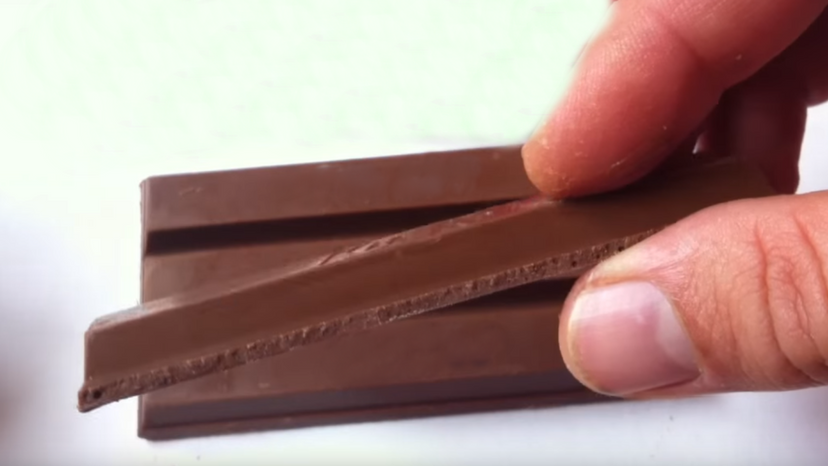
Who doesn't love a Kit Kat? Well, based on the numbers it's very few people in the world. This chocolatey-dipped wafer treat sells over 17.6-billion wafers every year. While worldwide there are several variations of a Kit Kat, no country produces more than Japan who has introduced over 200 flavors including wasabi, lemon vinegar and cucumber. Sizes range from single to four-finger packs, as well as single finger treats about 1/3rd the length of a normal finger.
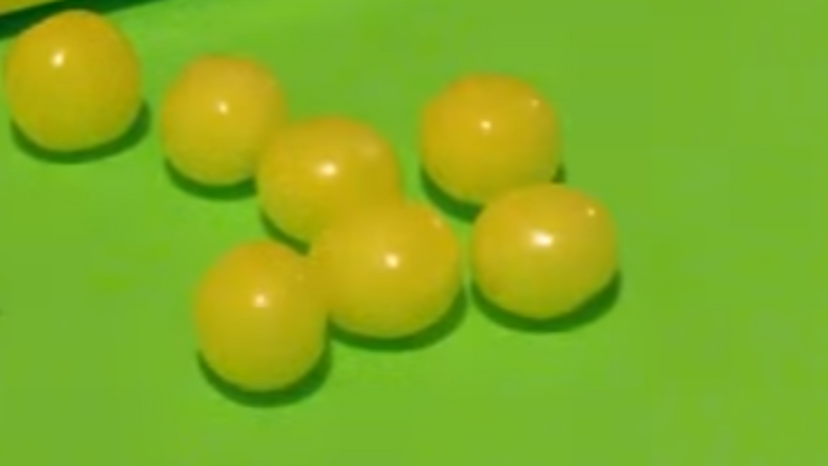
They're sour and they're sweet - these lemon-flavored candies make for a fun pop to your taste-senses. While producers of Lemon Heads, Ferrara Candy Co., are known for their hard candy and gum, it was announced in 2017 that the family owned business was considering an offer of chocolate giant Nestle.
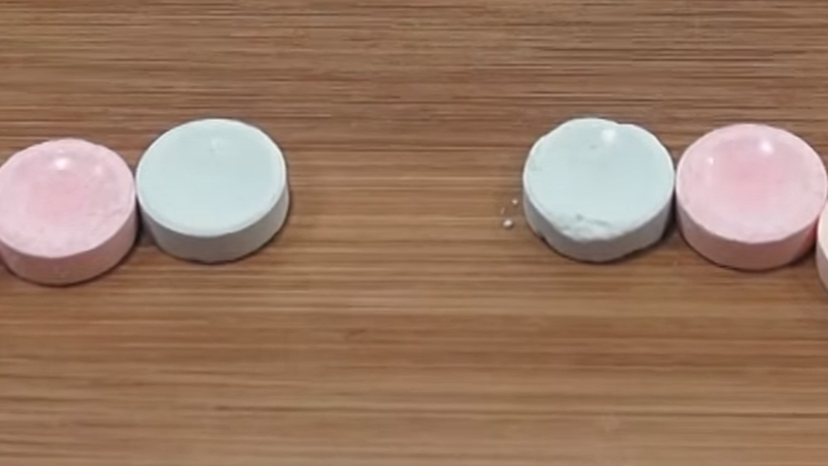
Smarties are one of the world's most favorite wafer-style sugary treats. There are over a dozen fun varieties of Smarties candy, but those finger-length rolls remain the most popular. Don't feel too guilty when you steal a roll from your children on Halloween, one roll of 15 candies has only 25 calories.
Advertisement
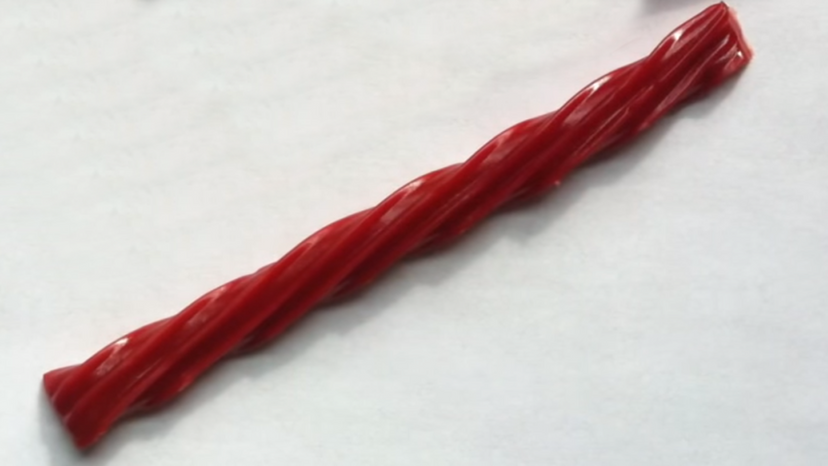
It always hurts when we feel misled, but in the case of Twizzlers, we can probably forgive them. While Twizzlers is known as licorice, it is only the black candies made with anise oil and licorice-root extract which are a true licorice. The company's favorite snack, strawberry is simply a licorice-like candy. However, that little fact isn't going to put a dent in the sales of America's second favorite movie treat - the first, of course, is popcorn.
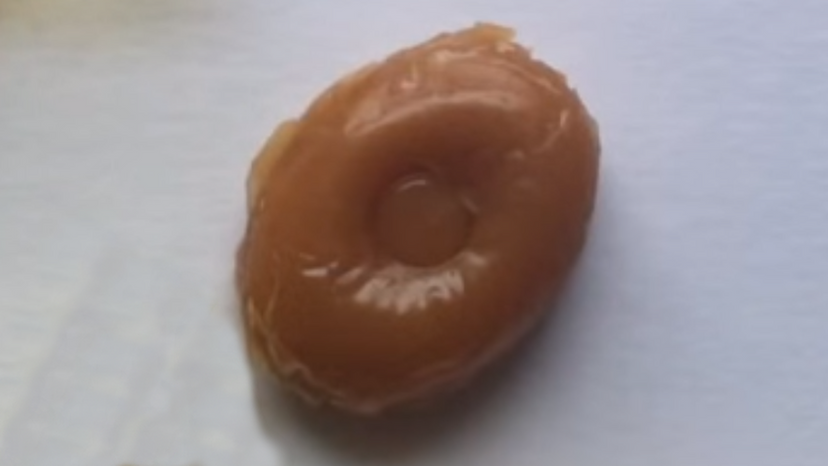
There are few treats more satisfying than allowing a Werther's Original to melt in our mouth. It is said that what makes Werther's so special are the ingredients and care and love put into each batch. We believe it! These candies carry the nostalgic feel of a 19th-century candy shop. In fact, they are named for the small town of Werther, Germany where they were first produced in 1903.
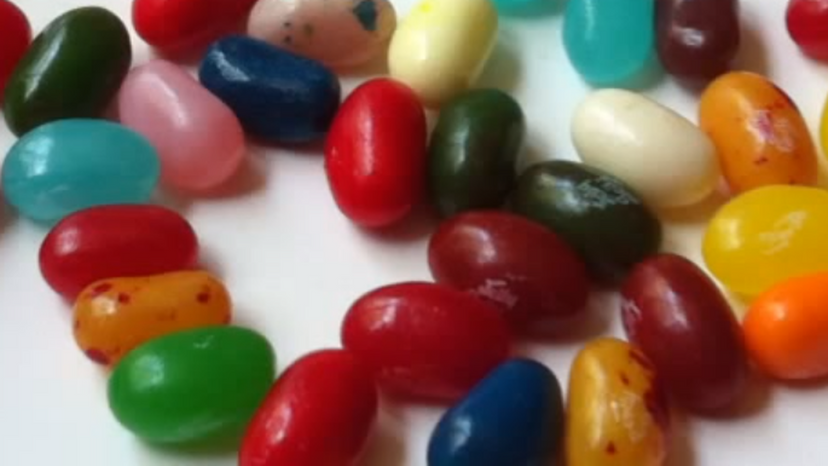
Okay, so it's weird when no one knows where one of the world's most popular treats came from. But, Jelly Beans have been around so long that we have to give their mysterious beginnings a break. It is thought that Jelly Beans descend from the biblical treat, Turkish Delight, however, there is little if any mention of them until the American Civil War where they were promoted for use to Union soldiers. Have you ever been curious about how many Jelly Beans are made each year? Well, to give you an idea, there are over 16-billion produced... just for Easter.
Advertisement
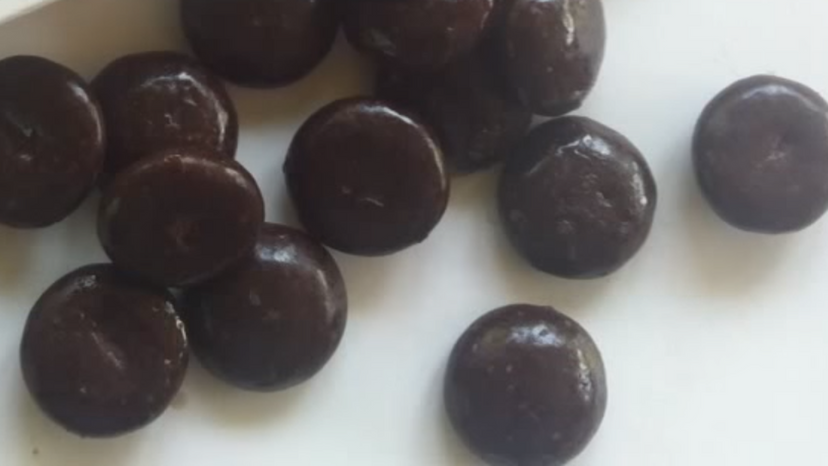
If you are a fan of the hit '90s TV sitcom Seinfeld, you will remember the episode where Kramer dropped a junior mint into a man's body during surgery. Junior Mints are one of America's most favorite movie snacks. In fact, they got their start in entertainment, consciously naming the minty, chocolate-covered treat after the Broadway show "Junior Miss" as a marketing venture. It worked.

What is more nostalgic than using a spoon to pry pre-opened Root Beer Barrels from grandma's candy dish on Sunday afternoons. Root Beer Barrels are known for their historic flavor dating back to the 1700s when farmers would harvest the sassafrass root into what would eventually become one of America's favorite flavored sodas.
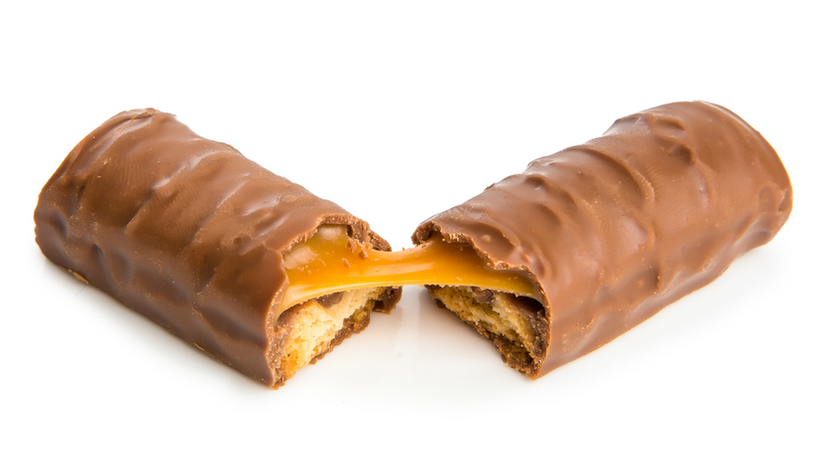
Left Twix - Right Twix, the battle is still out over which is the tastiest. Okay, just kidding, they are the same. However, that hasn't stopped the company from one of its best marketing campaigns since the candy was introduced in 1967. The latest in the five-year left-right Twix campaign are individually sold packs of left and right Twix introduced in 2017.
Advertisement
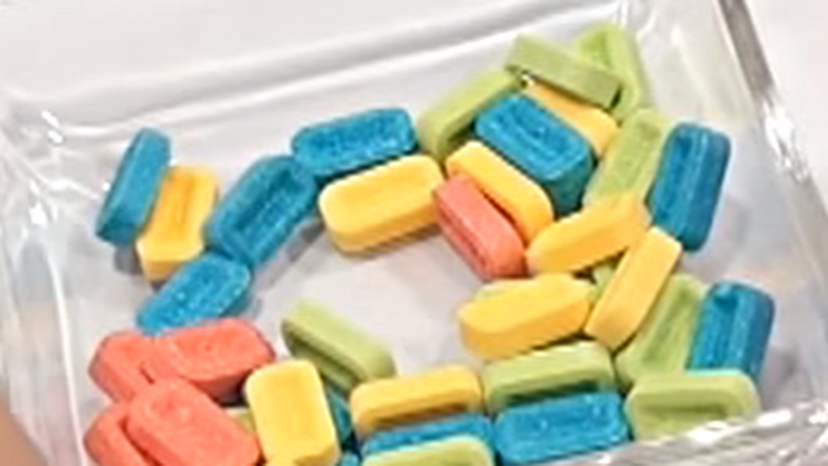
It's always interesting to find out how candy companies name their candies. For PEZ, the name comes by taking three letters from the German word for peppermint: PfeffErminZ. While known for their popular heads - over 550 to date - the originals, known as "regulars" were originally marketed as an alternative to smoking.
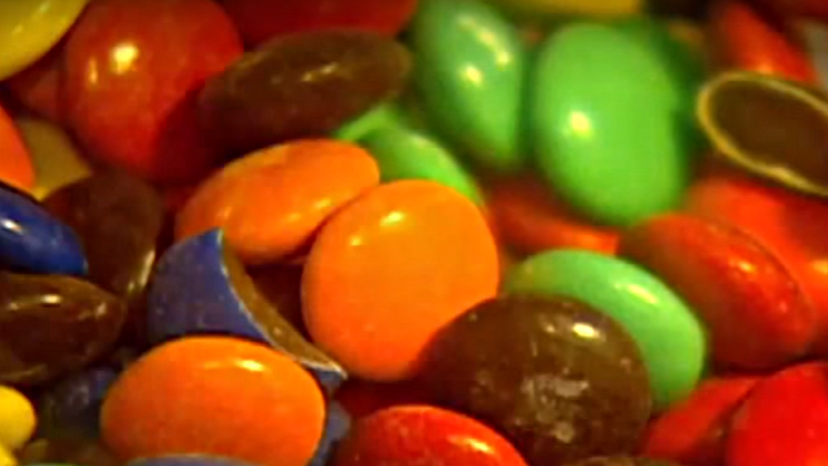
M&M's "melt in your mouth, not in your hands" marketing campaign has been one of the most successful in all of advertising. M&M's have one of the most interesting stories for a candy. In the early 1970s, a study came out reporting that a popular red food dye, amaranth, could lead to cancer in adults. As a preemptive way to avoid sales-loss, the company removed red M&Ms from their supply for nearly a decade. But, get this, amaranth was never used to produce red M&Ms. In 1982, a student at the University of Tennessee created the "Society for the Restoration and Preservation of Red M&M's." Within four years Mars was once again producing the long-missed candy.

Toblerone was created in 1908 and is the first chocolate candy with a filling - nougat, almonds, and honey. This trend-setting candy is filled with more than delicious chocolate, it has a bit of hidden meaning in its production. For example, the mountain on the packaging hides the outline of a bear. And, the unique triangle shape you thought represented the Swiss Alps? Nope! The triangle actually represents a cabaret hall in Paris where dancers form a pyramid at the end of the show.
Advertisement
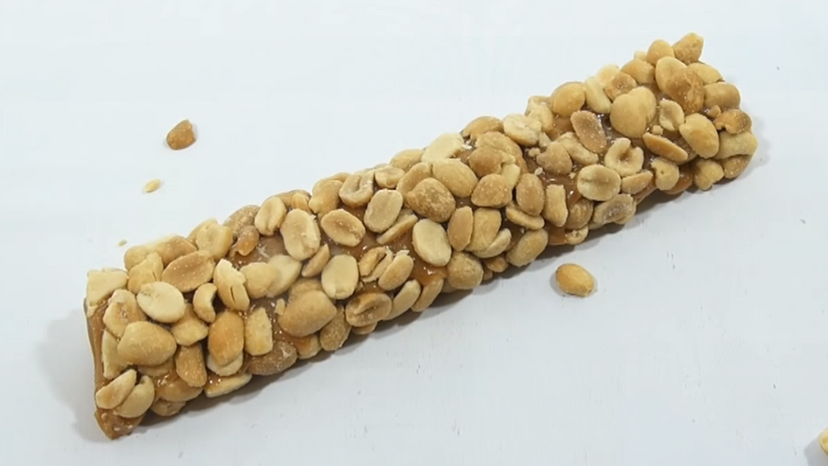
The PayDay bar is not only named after America's favorite days of the year but it combines the sweet and salty flavor that breaks a sweat in your mouth. With a caramel center rolled in salted peanuts there are few candy bars that are more satisfying. While PayDay may not need a huge marketing campaign for a treat as popular and delicious they do have one of the most unique marketing campaigns which occurred in 1989 when each bar came with an individually wrapped nickel.

So, when talking about screw-ups you might be surprised to hear that Mars and their popular M&Ms made one of the biggest blunders in candy marketing - ever! M&Ms were originally asked to be included in the movie "E.T. the Extra Terrestrial." They declined, and Hershey stepped in with their popular hard-shell peanut butter candy, Reece's Pieces. How well did they fare? Estimates say they sales were well over 300% once the movie was released.
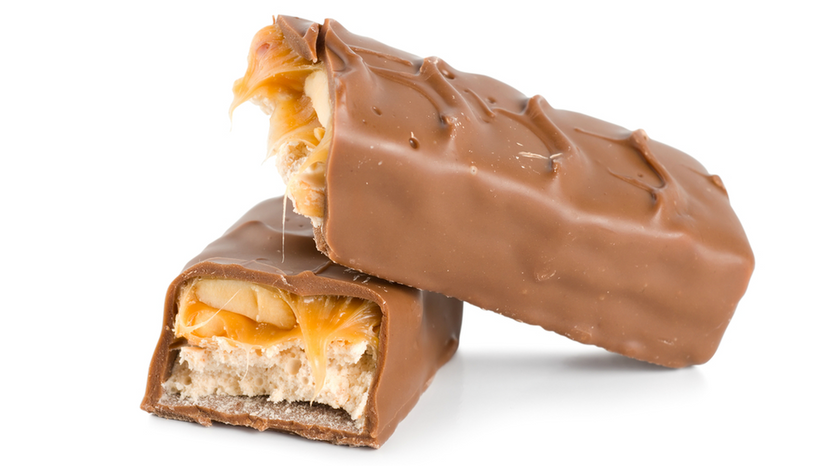
Snickers is the best selling candy bar in the entire world with over 15-million bars produced each day. The recent Snickers marketing campaign "Maybe you should have a Snickers" highlights the joy and calming effect of this chocolate-covered peanut and nougat bar. Snickers is known to jump onto the Blockbuster bandwagon, having produced green-filled Snickers for the movie "Shrek" and adventure bars for "Indiana Jones."
Advertisement
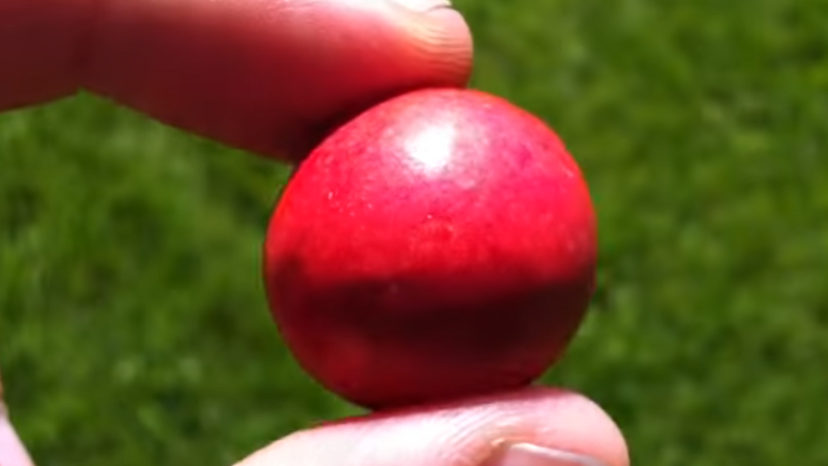
Brought to you by, Ferrara Candy Company, the same company who produces, Lemon Heads, the Atomic Fireball was one of the few candies to take advantage of Cold War marketing. The Atomic Fireball came out in 1954 as the Soviet Union and the United States were in the midst of a long-to-last cold war. With a blast of a spicy explosion in your mouth, the Atomic Fireball is around 3500 on the Scoville Scale, ranging around the spiciness of cayenne pepper.
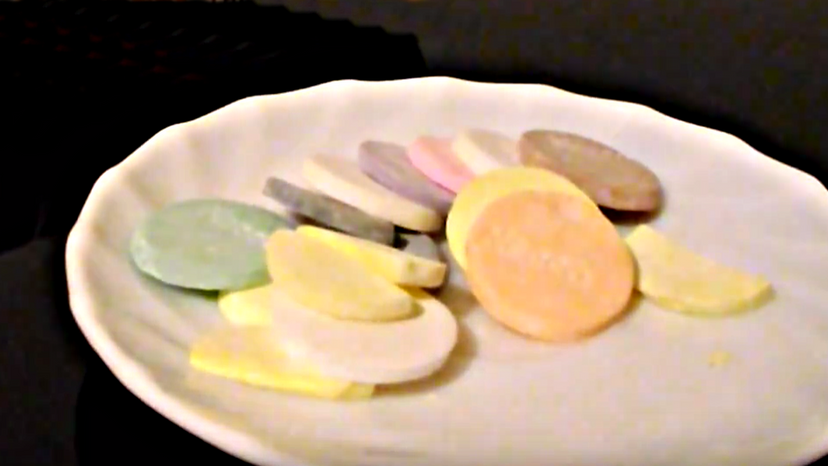
NECCO stands for the "New England Confectionary COmpany." Formed in 1847, NECCO is known as the oldest candy company in America. In 2009, the company switched their manufacturing to all-natural ingredients. Unfortunately, for those who love lime, you're out of luck. The company couldn't find a good all-natural lime color so the flavor was eliminated.
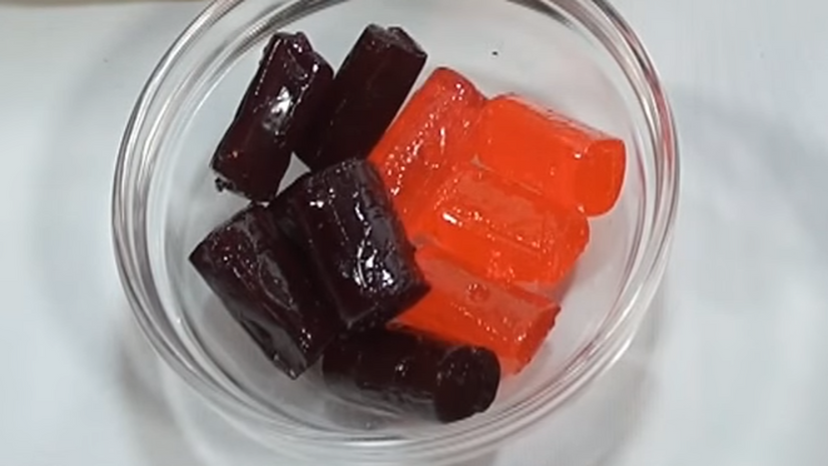
Jolly Ranchers are one of the most popular fruit-flavored hard candies. The question is, how do YOU eat them? Whether you suck on them, try to crack them open with your teeth, or mould them after a little melting away, Jolly Ranchers create a fun way to satisfy your sweet desires. The name Jolly Rancher was created to emphasize a fun western company, in a wild west known for gunslingers and a hard life.
Advertisement
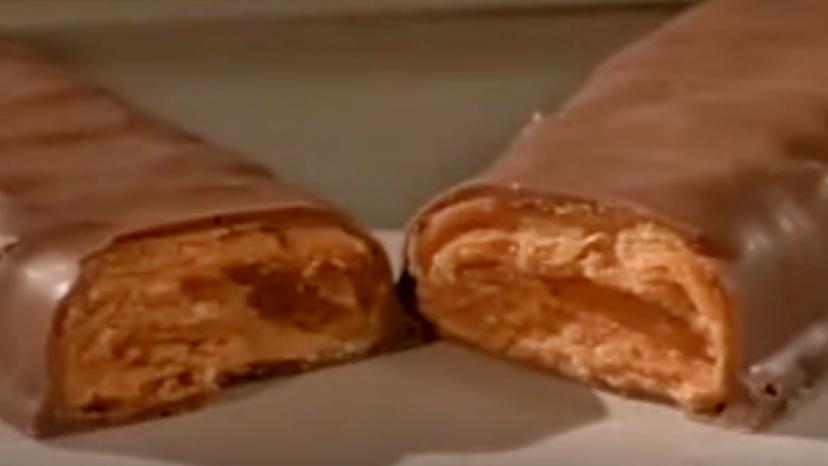
Well before Bart Simpson was promoting this delicious crispety crunchety candy bar, they needed a name to befit its awesome taste. In 1923, the Curtiss Candy Company sponsored a contest for their newest candy bar. Taking advantage of a new term sportscasters used to refer to athletes who couldn't hold onto a ball, the winning contestant suggested the name "Butterfinger."

Starburst are as juicy as the fruits they are named after. As far as candy goes, Starburst is one of the youngest popular candies on the market, not coming to the America's until the '70s. While you probably don't need an excuse to eat your Starburst, if you do pull out the Vitamin C card. Each piece of Starburst has 4.4% of your daily Vitamin C nutrition. That's only about 450 calories of Starburst to get 100% of your daily Vitamin C needs - based on a 2000 calorie diet of course.

Nerds came around in one of the most iconic decades in American history. Along with big-hair bands, vibrant colors and the Brat pack was a new candy on the market - Nerds. In 1983, the candy took advantage of a common term to top the candy industry charts. These super sweet and a little tart candies originally came in twin packs cherry/orange and strawberry'grape. However, as the popularity grew, so did the varieties. Thank you, Mr. Wonka, for all those sugar-highs in the '80s.
Advertisement
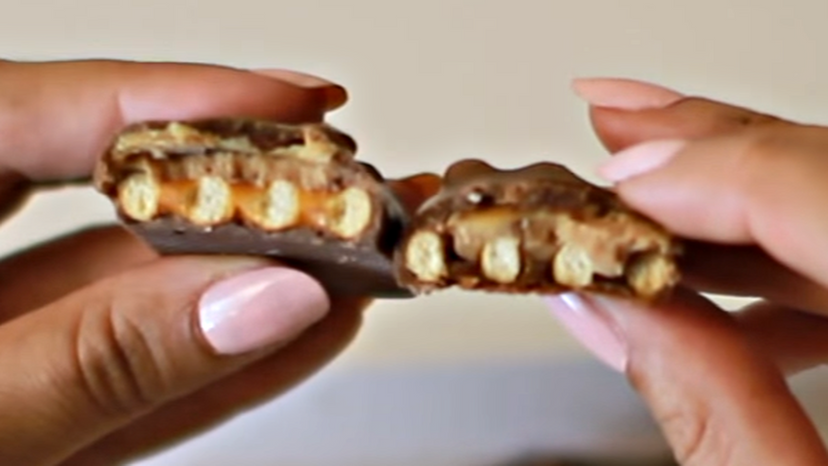
Okay, so if you take the best five ingredients that make a candy bar delicious (Chocolate, peanut butter, peanuts, caramel, and pretzels) and put them into the same bar you have a Take-5. Hitting the market in 2004, Hershey was quick to partner with NASCAR in the Hershey's Take 5 300 NASCAR Busch Series race featuring their own Take 5 Chevy racecar.
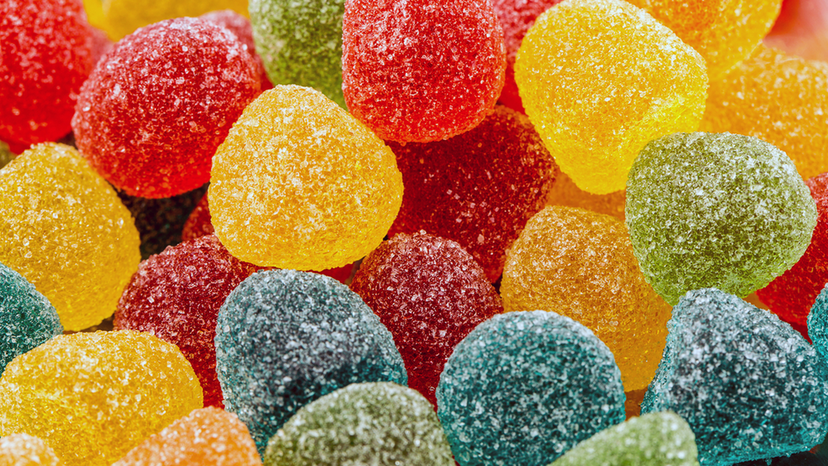
We love Gumdrops so much that every year people can't wait to decorate their gingerbread houses with them. Gumdrops are a chewy and sugary gelatin-style treat invented in 1801 by Percy Trusdale. Gumdrops were so popular in the early 20th-century that they were featured on the iconic board game Candyland - twice! After all, who wouldn't want to go to Gumdrop Pass or Gumdrop Mountain?
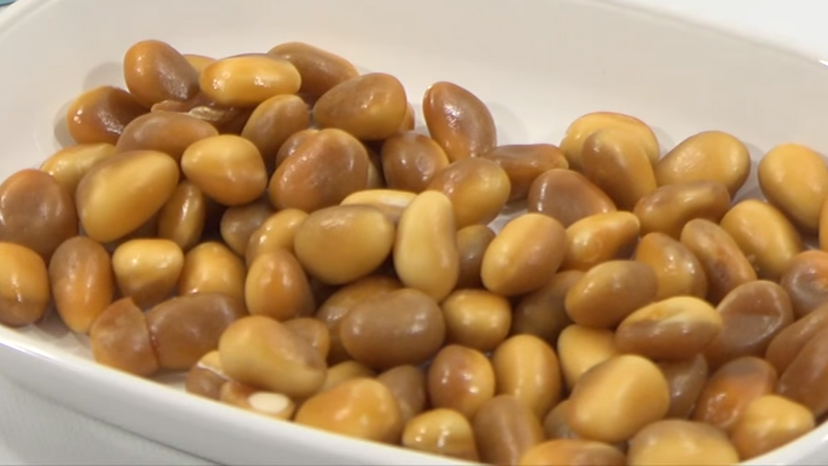
It's hard to beat the yummy-factor for a candy made of milk caramel. Sugar Babies came around in 1935 and were soon followed by Sugar Daddy and Sugar Mama. While the company will let you make your own innuendos into the name, the naming of these little candies actually comes from the Artie Malvin song, "Let Me Be Your Sugar Baby."
Advertisement
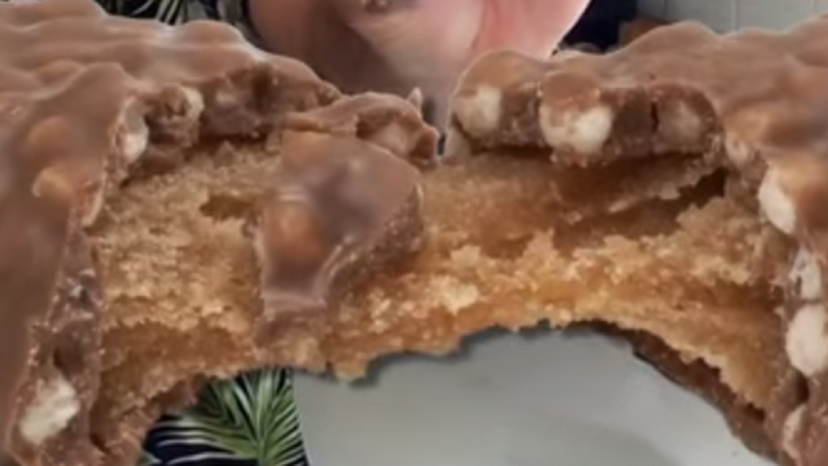
Who doesn't love iconic TV game shows? Nestle loved them so much that they named a candy bar after them, the $100,000 bar. After some popular rebranding in the early '80s this nougaty crispy-chocolate bar was renamed to the 100 Grand bar. An interesting fact is that when Nestle introduced the candy bar to South Africa, they took into consideration the value of $100,000 USD to the nation and renamed the bar the $1,000,000 bar.
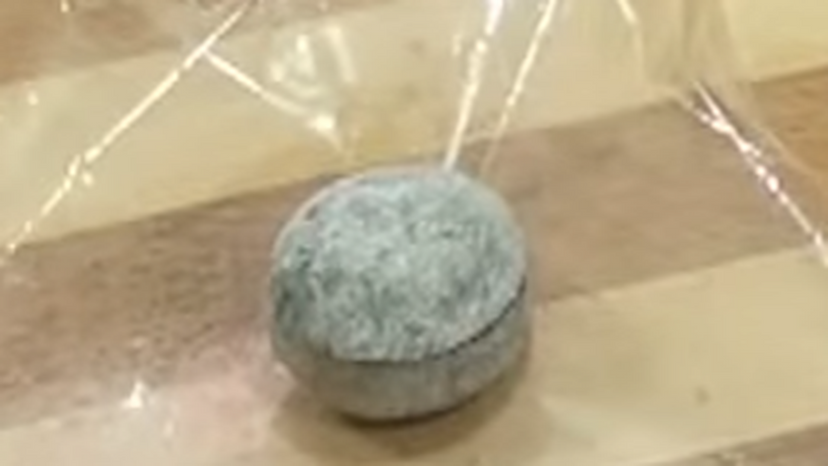
Warheads were first produced in Taiwan and made their way to American shelves in the early '90s. With an extreme burst of tart and sour, these sugary treats gained popularity shortly after the '80s sour-candy boom which introduced the popular Nerds candy. The name is derived from the notion of a "warhead" exploding in your mouth - and if you've ever had one, you know that's not far off.
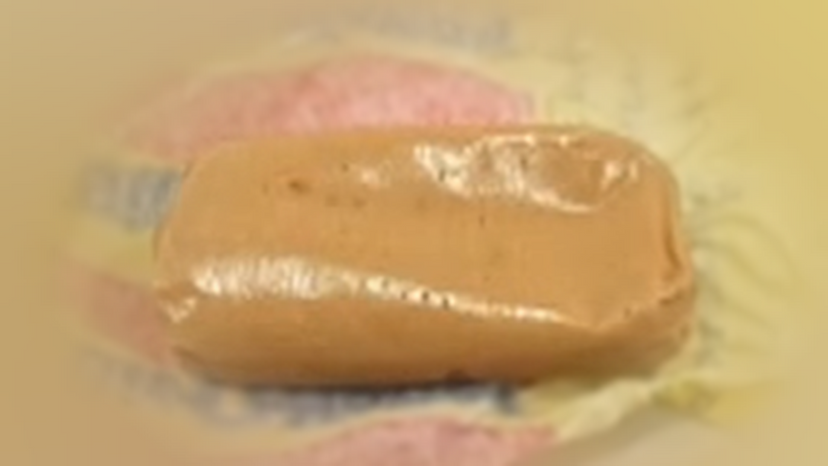
Bit-O-Honey is one of the most nostalgic candies still on the market and can easily remind you of those slow and lazy summer days you spent as a kid. This honey-flavored taffy mixed with bits of almond hit the shelves in 1924 during a revolution of chocolate candy bars. But, it was able to hold its own and today - whether you've ever had one or not - is one of the most recognizable candies on the market.
Advertisement
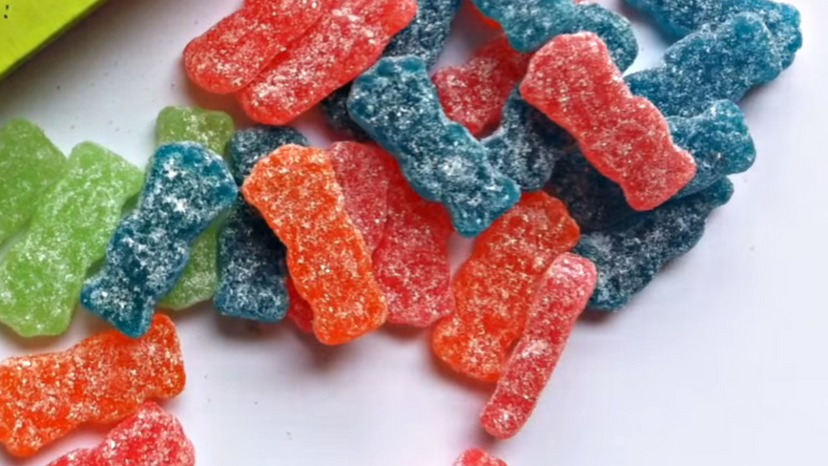
Sour Patch Kids were twice-named to capitalize on popular culture. First, in Canada where they originated, the candies were named Martian Men due to the popularity of UFOs in '70s Canada. Well, by 1985, when the candies made their way to the United States it was evident that Cabbage Patch Dolls were all the craze and Jaret International made the smooth move to market the new name as Sour Patch Kids - somehow avoiding a copyright lawsuit. Today these candies are sometimes sour and sometimes sweet in a hilarious ad campaign.
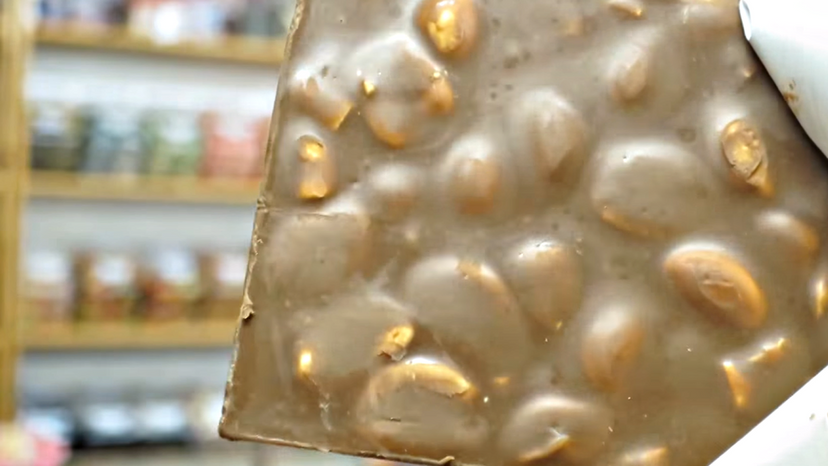
Mr. Goodbar is a candy bar containing common peanuts and chocolate, whose packaging is identifiable by its yellow background and red text. It is manufactured by The Hershey Company and was introduced in 1925. Although the Hershey Milk Chocolate Bar with Almonds had been produced since 1908, Milton Hershey initially did not want the Hershey brand name associated with a chocolate bar that contained peanuts, so it was introduced as being produced by the "Chocolate Sales Corporation".

As a kid, it is possible you spent entire days sitting on your front porch debating how in the world Blow Pops got that gum in the center of their lollipop. Blow Pops were the Charms Company's best selling product and eventually sold to Tootsie Roll which added Blow Pops to their Tootsie Pops line. This made Tootsie Roll as the world's leading producer of lollipops - and really delicious chewy chocolates.
Advertisement
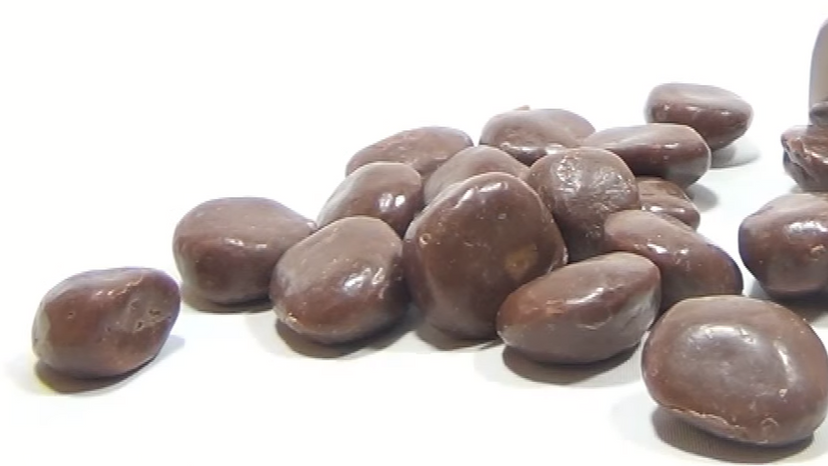
Milk Duds, along with Junior Mints are one of the most popular movie candies on the market. However, they got their name because the original creators considered them a bust - or as they liked to refer to them - a Dud! While the Hoffman Company tried their hardest to produce perfectly shaped caramel and chocolate candies, they couldn't and referred to them as duds. In 1928 when Milton Holloway purchased the Hoffman Company he simply combined the use of milk along with the named "duds" to form Hoffman's Milk Duds.

Kinder Eggs are perhaps one of the tastiest chocolate treats you may never be able to eat - at least not in the United States where they are banned. These Italian chocolate eggs contain a small toy in the center, and sometimes an internet code, which children can use after they've eaten the egg. Due to the "Federal Food, Drug, and Cosmetic Act" which essentially bans candy with non-candy items inside. While available in both Canada and Mexico it is still illegal to import into the United States and the penalties are high with reports ranging from several hundred dollars to thousands per egg imported.
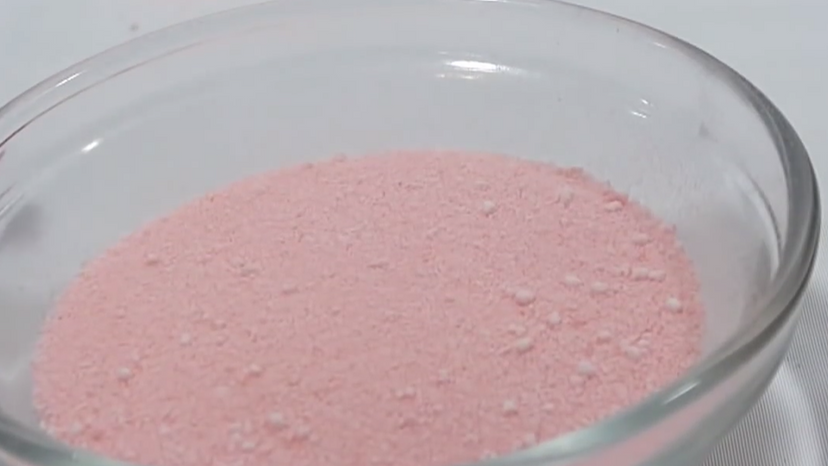
Crush sugar into a fine powder and flavor it with any of six fruity flavors you can suck down in a straw and you have the perfect any-time-of-the-day snack for a teenager. Originally intended to be a drink mix, it was quickly realized that kids preferred the sugary mix as a candy. Go figure!
Advertisement
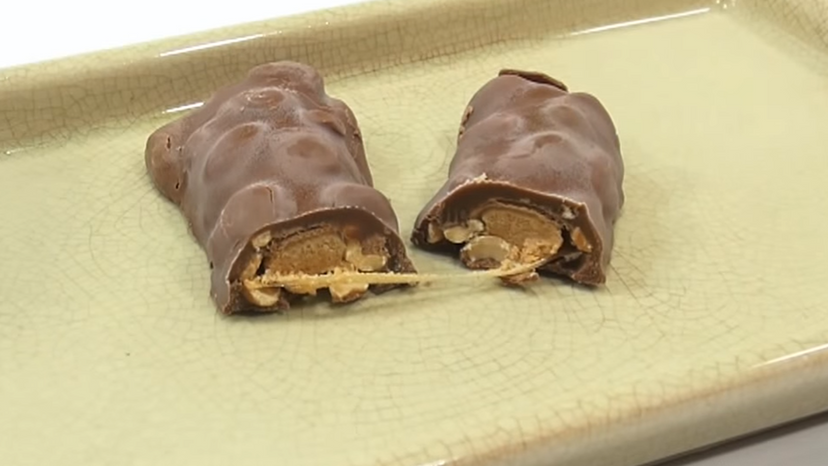
Hershey was trying to expand on the success of Reece's Peanut Butter Cups when they introduced the nutty, peanut-buttery Nutrageous. While it was originally meant to be sold as the "Acclaim" bar, focus groups were quick to put the kibosh on that.

Toxic Waste candies came out with unique containers fashioned as toxic waste drums. Deemed as being so sour they could only be named toxic waste, the candy quickly emerged as a top-seller among sour candies. This two-part sour outer shell and liquid filling is only one candy in the toxic waste product line.
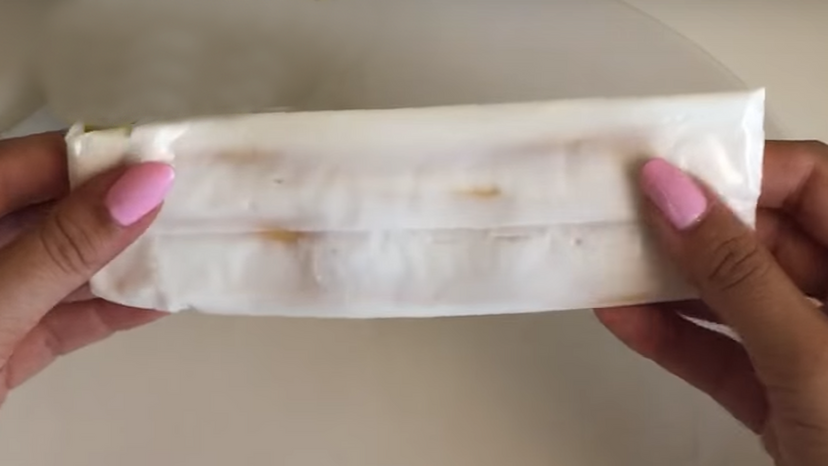
Abba-Zaba bars have been around since the 1920s. While not as widely distributed as other popular candy bars, the Abba-Zaba has a unique cult following and has been featured throughout popular culture on such shows as "Two and a Half Men," "American Dad" and "Boardwalk Empire." While difficult to find East of the Rockies, the candy bar is popular in specialty candy shops throughout the West.
Advertisement

Living in America, you may have never heard of these candy bars. However, they are popular in nearly any other English-speaking nation. These candy bars have a unique hard spongy toffee on the inside and a dipped milk chocolate on the outside. Over the years there have been several flavors and varieties from a bar with pop-rocks inside to a lemonade bar and a brandy-flavored bar.
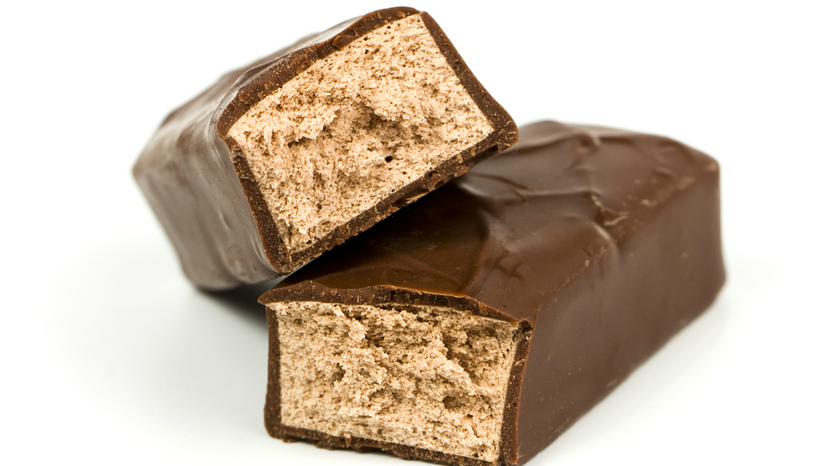
Have you ever wondered about the naming of the 3 Muskateer Bar? It may not be as obvious now as it was when first produced. When the bars first came to market in the '30s, there were actually three small chocolate bars in each pack, and there were three different flavors available - chocolate, strawberry, and vanilla. It wasn't until the rationing of sugar during the war-effort of 1942 that the three bars became one and have simply remained that way ever since.
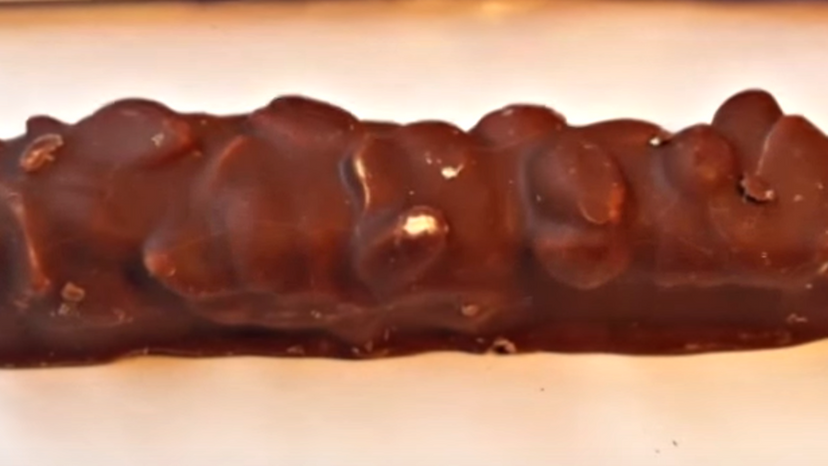
A common myth is that the Baby Ruth candy bar was named after the great slugger, the Sultan of Swat himself, Babe Ruth. But, you'd be wrong. According to Curtiss Candy Company, the bar was actually named after President Grover Cleveland's daughter, Ruth. That is later substantiated when the Yankee slugger wanted to create a candy bar of his own but was prevented from doing so by court order.
Advertisement
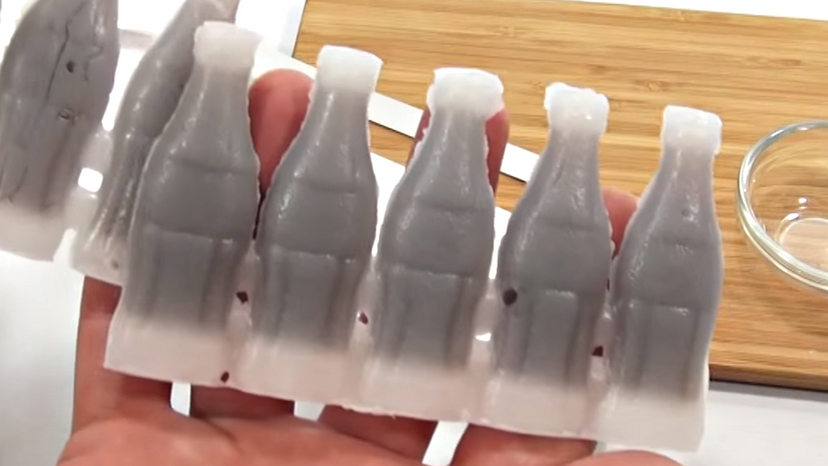
Nik-L-Nip is a combination candy juice drink and wax chewable. While a nostalgic candy it is primarily found in specialty candy stores and sold extensively during the Halloween season. The name is derived from the original cost of a nickel, as well as a popular way to open the candy-soda top by "nipping" it off with your teeth.